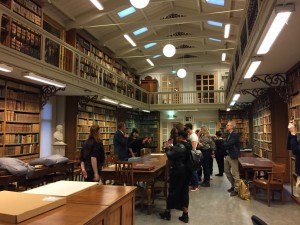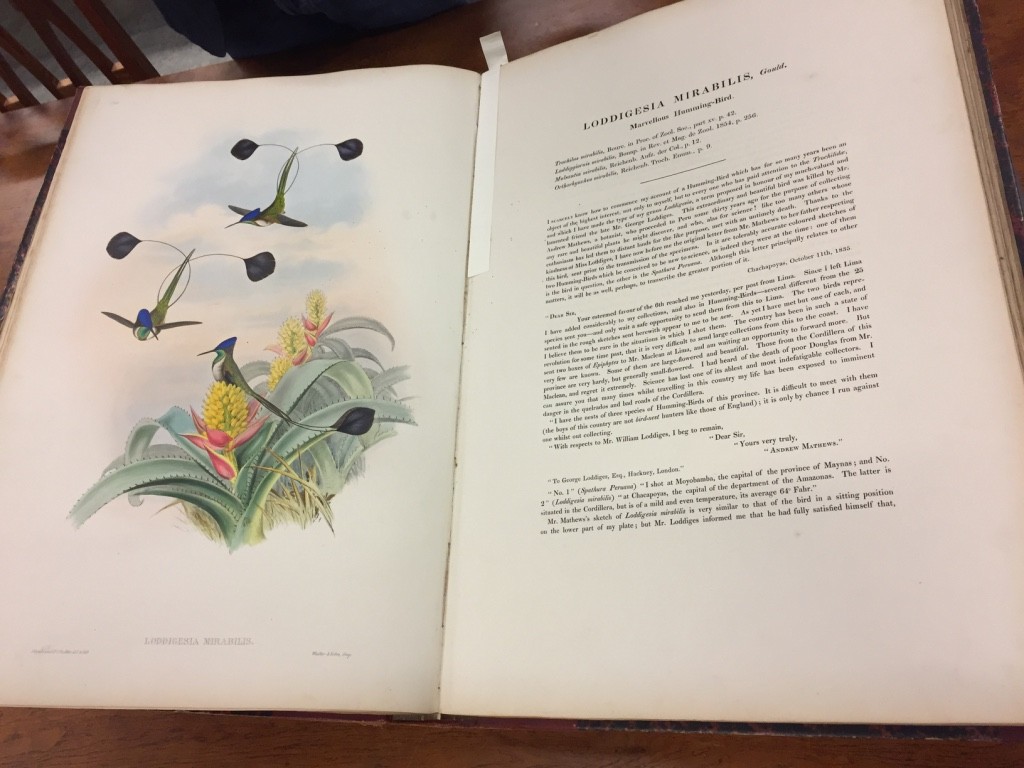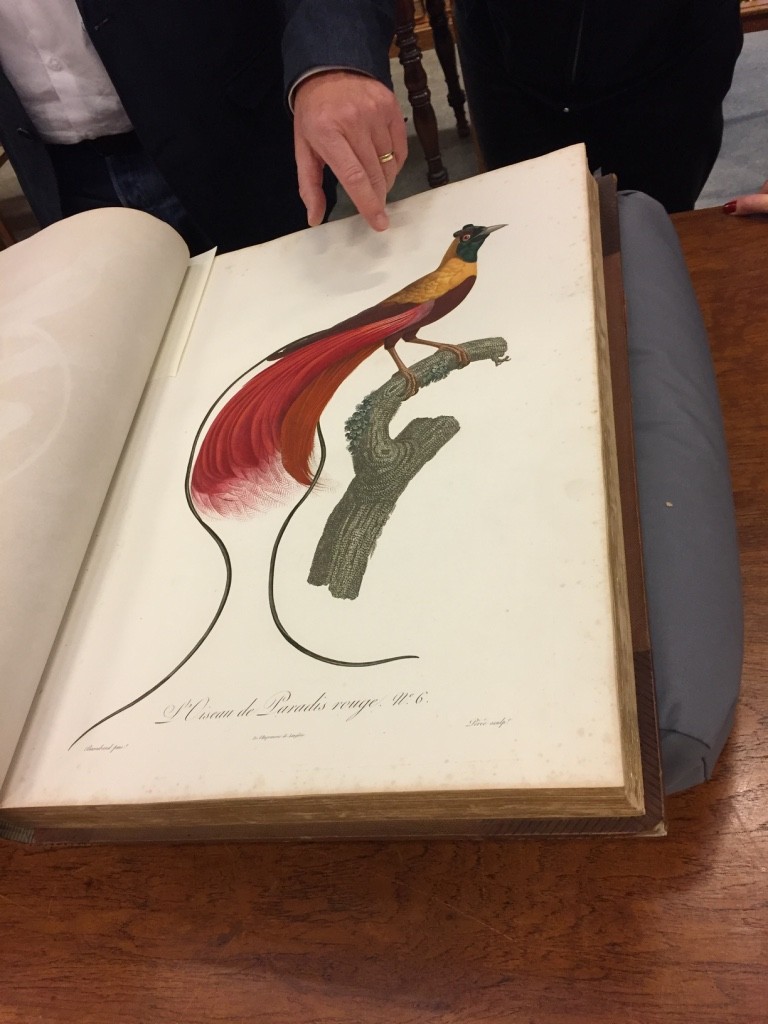With the end of the year coming close, it is a good time to reflect on some of the activities and/or museum visits of the last year that inspired me the most. A good source of inspiration for writing some blog posts again, as it has been a while.
This first blog post in a series describes the love between Art and Science that I experienced in April. A special activity during the Weekend of Anatomy brought me to the Library of Artis. The Artis Library is part of the Special Collections of the University of Amsterdam and is housed in a historic building at the Artis Zoo in Amsterdam. Artis is short for Natura Artis Magistra (‘Nature is the teacher of the arts’ in Latin) and that saying is exactly what I experienced during that night in April when a short tour around the library was organised.
During the tour and accompanying lecture we went back in time. With a highlight in the end, seeing hand written letters of Charles Darwin, we were presented some of the special items of the library. When the explorers started to travel the world with their boats, they encountered magnificent new species. These species were sometimes taken home (dead or alive), with the purpose of documentation. As photography was not yet invented, the illustrations of the documentation in books were all hand-made. This has resulted in books full of amazing paintings of all kind of exotic animal species and plants, casually appearing as illustrations in large encyclopaedias. To me personally, the birds were the most inspiring; full of color and painted with the high precision and the smallest details.
One the famous artists and entomologist of this time was Maria Sibylla Merian. Although artist and entomologist seems a not-common combination, for Maria it was very convincing to combine both. She studied insects and plants in depth and made detailed drawings and paintings of het observations. By that time, art was a very important driver of documenting species and had therefore great scientific value. Sometimes these materials were taken back to Europe and painted on arrival, sometimes the artist would travel to the other side of the world to perform his/her work. To me personally it was really inspiring to experience this connection between art and science, while going through these 300 years old books. Art and science both amaze me, and it delighted me how practical these two were combined in the entomology of the 17th Century.
Some say artists and scientists have the same goal; they try to understand and describe the world around us. Although using different methods and reaching out to different audiences, both groups strive to see the world in new ways, and communicate that vision. Sometimes they come very close, like in the example of Maria Sibylla Merian, but in many cases it is not so clear that both are aiming for the same higher goal.


